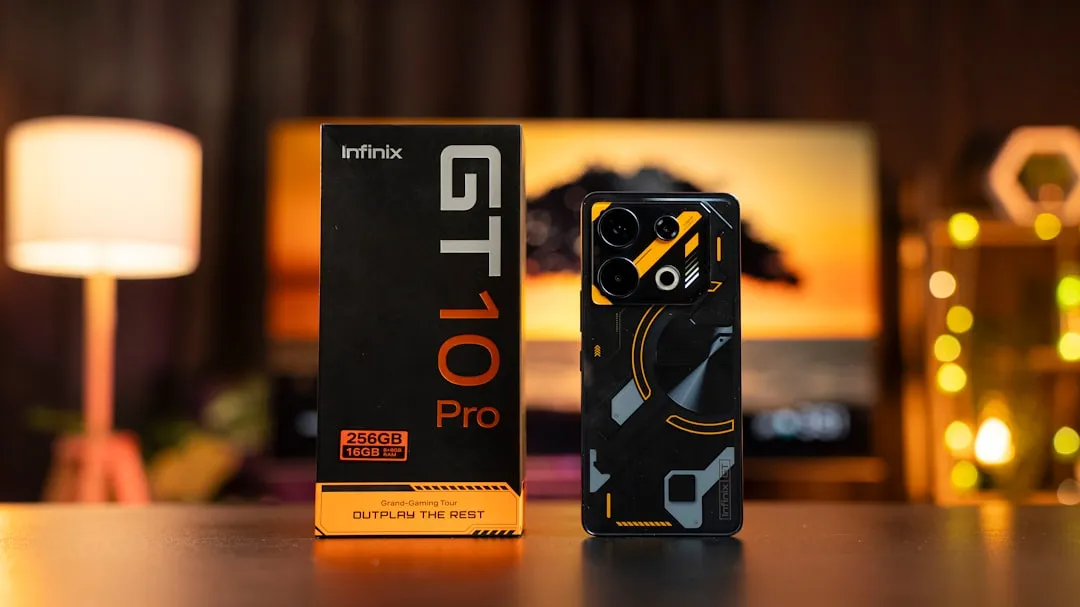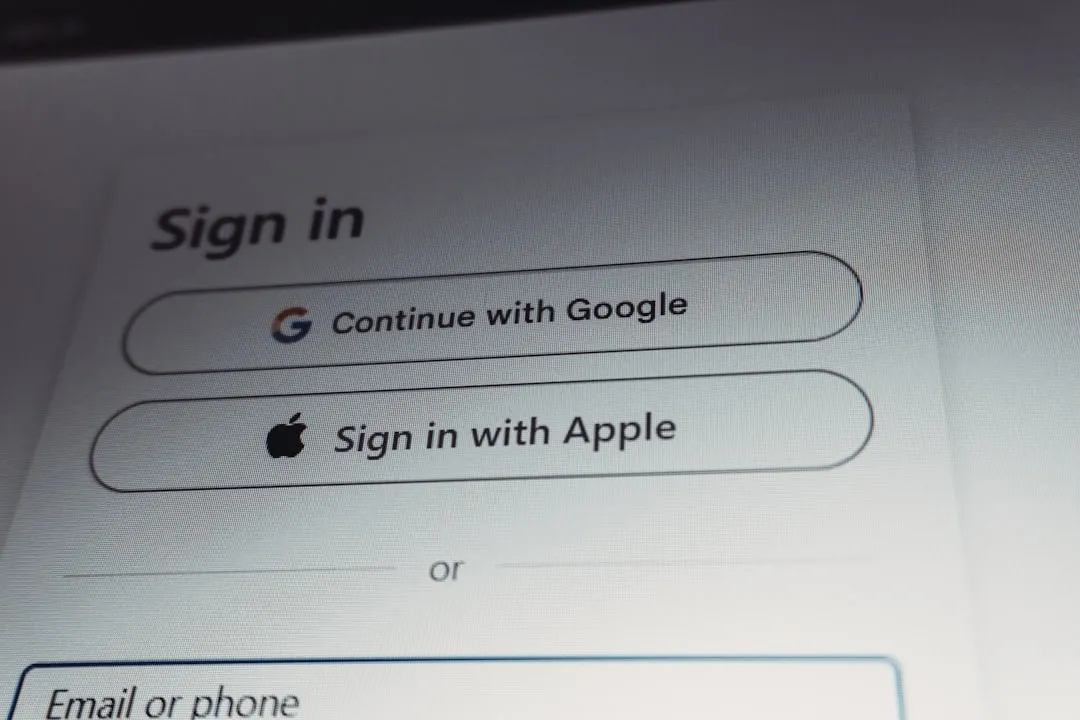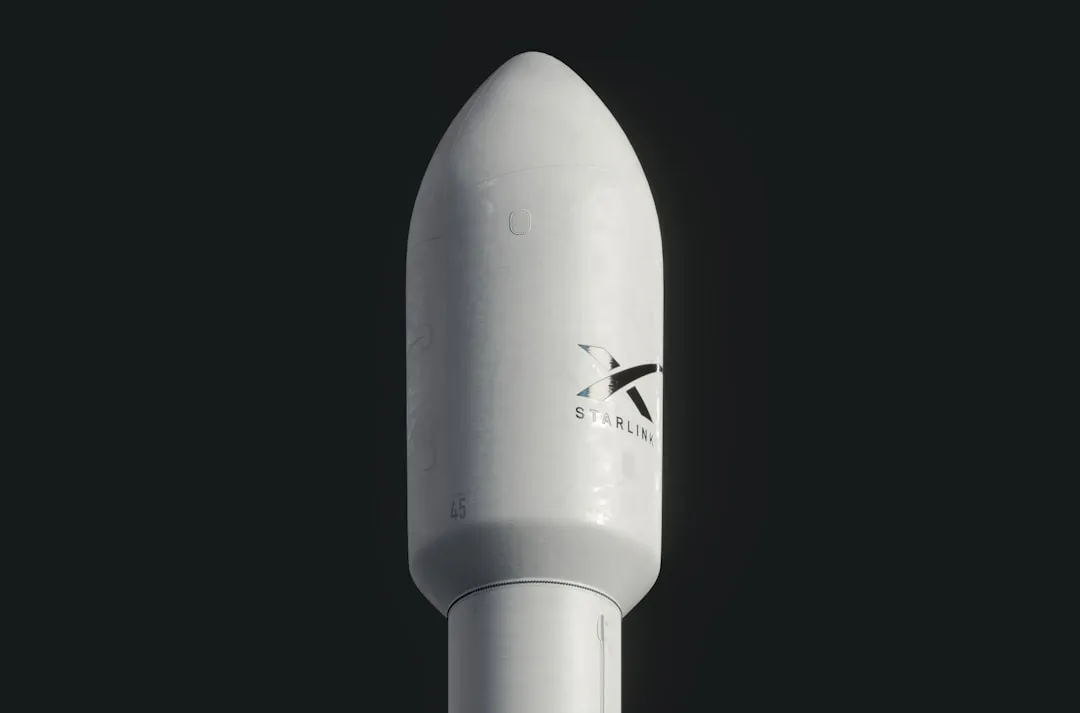I record close-cropped videos and take macro still shots with my smartphones on a daily basis, so as you would expect, I spend a lot of time cleaning these devices. Over the course of a couple years, I've fine-tuned my cleaning regimen, and at this point, it's down to a near-science.
There are quite a few dos and don'ts when it comes to cleaning a smartphone or tablet, and a lot of these aren't exactly what you would call common knowledge. So if your smartphone or tablet could use a bit of cleaning and pampering, I'll share the most important cleaning tips I've found below.
Windex, Rubbing Alcohol, or Other Household Cleaners
In general, it's best to avoid using any household cleaning agents if you can, but at the very least, you shouldn't use any of these products to clean the glass on your smartphone. This is because a lot of phones have an oleophobic coating on their displays that repels fingerprints, and cleaning agents like Windex or rubbing alcohol can easily strip this helpful coating away.

Metal surfaces on your phone may also have some sort of coating that could be stripped away, but even if they don't, this could actually be more cause for alarm. Cleaning products with any alkaline degreasing agent can do serious damage to unprotected metals such as aluminum, which could leave behind ugly corrosion and rough patches.
Plastic, on the other hand, is such a resilient material that really none of these restrictions apply to it. So if the back of your phone is made out of plastic and it's getting a bit dirty, I'd recommend using a small amount of Windex on a cloth or paper towel to clean it—but be careful not to allow any moisture to seep into the crevices.
Otherwise, if you absolutely have to use some sort of liquid as a lubricant to free up dirt and grime on the glass and metal portions of your phone, it's best to stick with plain old water. Of course distilled water would be best, but filtered water would do the trick in a pinch. To start, just use a tiny amount of water to moisten a cloth or paper towel, then add more water as needed.

Lens Wipes & Microfiber Cloths
Honestly, these are the best utensils for cleaning fingerprints and smudges off of the glass and metal parts on your smartphone—but there is one caveat. Pre-moistened lens wipes generally contain a type of cleaning agent that can strip away the oleophobic coating on your phone, so it's best to stick with the dry type—better known as microfiber lens cloths.

If you use the same microfiber lens cloth to clean your phone over the course of months, you'll begin to notice that it's not as good at wiping away oils as it used to be. This is because the cloth has become saturated with the oils it has picked up in the past—so if you're noticing any lingering streaks, it's probably time to buy a new lens cloth.
Canned or Compressed Air
Now that your phone is free of oily streaks and fingerprints, the next thing you'll have to deal with is tiny flecks of dust or lint that have been left behind. These guys like to pile up along the seams between the front glass and the rest of the phone, and the easiest way to get rid of them is to use some canned air.

While canned air is a great utility for getting particles of dust out of cracks and crevices, it can be harmful to microphones and speakers. If you blow the canned air directly into the speaker and microphone cutouts, there's a very good chance that you might perforate the vibrating membrane inside of these instruments. Instead, very carefully blow at an angle somewhat parallel to these openings to ensure that the membranes inside are not damaged.

Be very careful not to blow directly into the microphone or speaker ports on your phone.
Cleaning Headphone Jack & Other Ports
Probably the most stubborn areas of your phone to clean are the headphone jack, charging port, and the above-mentioned speaker and microphone openings. While it might be tempting to clean these areas with a toothpick or Q-tip, try to refrain from using these since they can damage circuitry or leave behind lots of cotton fibers.
So far, the best thing I've found for cleaning out these areas is an antibiotic putty designed specifically for electronics, called Cyber Clean. You simply knead the putty for a few seconds, then gently press it into any openings on your phone, and when you pull it away, the dirt comes with it. Be careful not to press too hard, because you don't want to get any Cyber Clean stuck in these areas.

Do you have any smartphone cleaning tips you'd like to share? If so, tell us about them in the comment section below, or drop us a line on Facebook, Google+, or Twitter.
Photos by Dallas Thomas/Gadget Hacks

























Comments
Be the first, drop a comment!